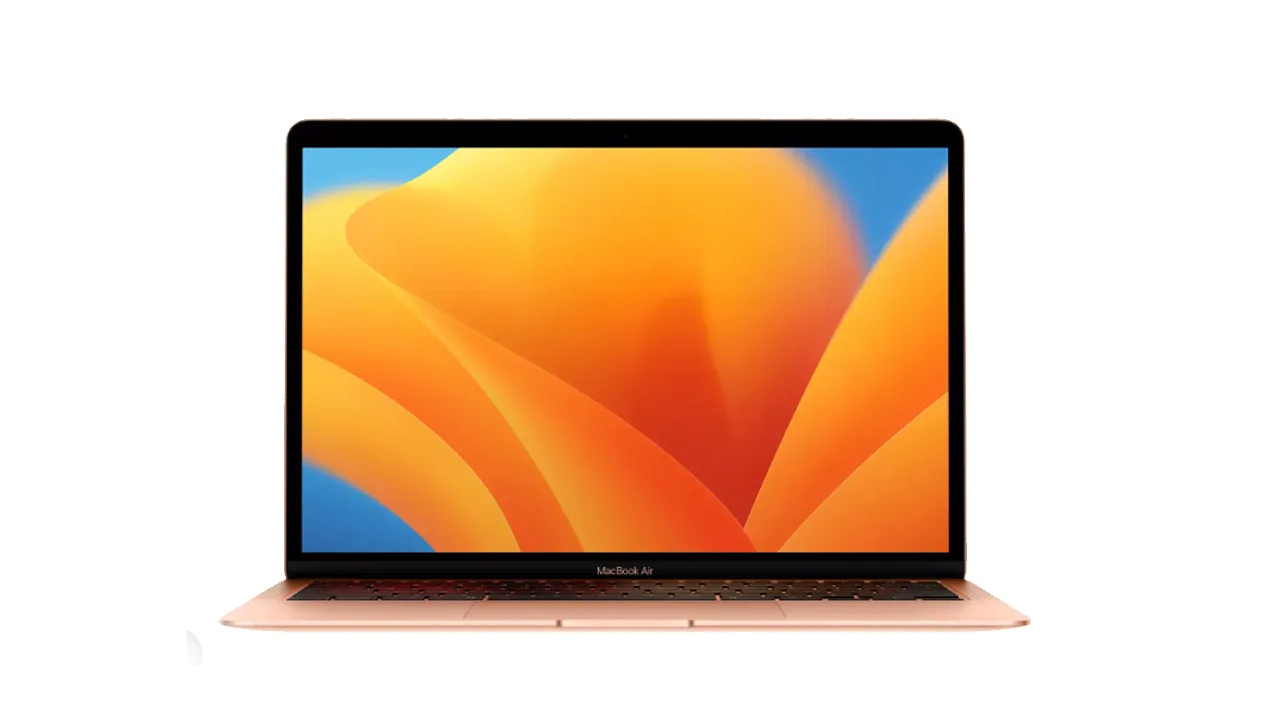Laptops are lifesavers for work, entertainment, and everything in between. But their power source, the battery, can become a source of frustration if it starts draining faster than usual. Here’s the thing: unlike our phones, most laptops don’t have a built-in way to check battery health directly. But fret not, tech detectives! This guide will unveil the secrets to checking your laptop’s battery health on both Windows 11/10 and Mac.
Cracking the Code: Windows Battery Health Check
For Windows users, we’ll be using a hidden gem called the battery report. Think of it as a doctor’s report for your laptop’s battery.
-
Command Prompt Power Play: Hit the Windows key and search for “Command Prompt.” Right-click and choose “Run as administrator” (important for generating the report).
-
Power Up the Command: In the black Command Prompt window, type powercfg /batteryreport and press Enter. This tells your computer to generate a battery health report.
-
Finding the Battery Report: You’ll see a message saying the report was created. Look for a file named “battery report.html” in your user folder (usually C:\Users[Your Username]). Double-click the file to open it in your web browser.
-
Dissecting the Report: The report might look overwhelming, but the key info is under the “Design capacity” and “Last Full Charge Capacity” sections. Design capacity is the battery’s original storage potential, while Last Full Charge Capacity is how much it can hold now. Ideally, these numbers should be close.
Pro Tip: To calculate a percentage of health, divide the Last Full Charge Capacity by the Design Capacity and multiply by 100. For example, if the Last Full Charge Capacity is 4800 mAh and the Design Capacity is 5000 mAh, then the health is (4800/5000)*100 = 96%.
Windows Terminal Trickery (Optional)
If you prefer a more modern approach (Windows 10 and 11), you can use the Windows Terminal app. Follow steps 1 and 2 from the Command Prompt method, but instead, type the command in the Windows Terminal window. You can also specify a custom location for the report by adding “/output [file path]” after the command (e.g., powercfg /batteryreport /output “C:\batteryreport.html”).
Mac Battery Health: A Simpler Journey
Mac users, rejoice! Apple offers a more straightforward approach to checking battery health.
-
Apple Menu Magic: Click on the Apple logo in the top left corner of your screen and select “System Preferences.”
-
Battery Bliss: Navigate to “Battery.” Here, you’ll see the current battery level and an overall health status like “Normal” or “Replace Soon.”
-
Cycle Deep Dive (Optional): For a deeper look, hold down the Option key while clicking on the battery health menu. This reveals the cycle count, which indicates the number of times your battery has completed a full charge and discharge cycle. Generally, a higher cycle count suggests reduced capacity.
Keeping Your Battery Fighting Fit
Here are some bonus tips to maximize your laptop battery’s lifespan:
- Avoid extreme temperatures: Don’t leave your laptop baking in the sun or freezing in the car.
- Regularly discharge and recharge: Don’t keep your laptop constantly plugged in. Aim for cycles between 20% and 80% charge.
- Dim the screen brightness: A bright screen is a battery hog. Adjust the brightness to a comfortable level.
- Close unused programs: Running unnecessary programs drains the battery. Close any apps you’re not actively using.
By following these steps and tips, you can keep your laptop battery healthy and ensure it delivers the power you need for your digital adventures!
















